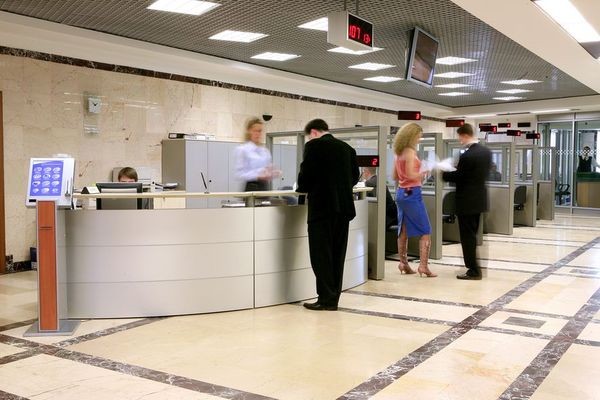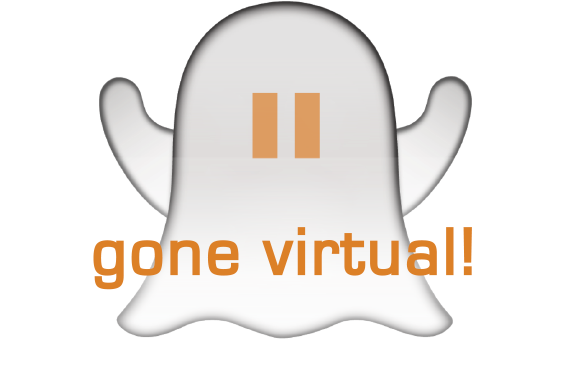“Bank O” has been expanding locally and internationally while simultaneously setting the ground for an enhanced Customer Experience at all its touch points.
While it gained increased shares through putting, on average, 7 new branches in Lebanon and 1-2 new branches abroad, into operation over a plan of 5 years, talent development became a priority to help the bank succeed in creating a Customer Journey that increases its revenues keeps it on-top of the banks list.
Some of the vital challenges Talent Development & Retention Team at “Bank O” had to deal with to support the bank strategies were directly related to customer service and employees engagement; the culture has always been purely directed towards aggressive selling and growth with no real attention to customer or employee experience and satisfaction. This has resulted in a high number of complaints received daily from customers, losing prospects and opportunities within a highly competitive market, and a high turnover rate in the banks’ talents who were demotivated and had no loyalty or look out for succession in the organisation.
Knowing this, it became urgent for the team to address those challenges through equipping the client facing sales-force and servicing team with skills that would help them keep up with the challenge to maintain and grow the business, and that would motivate them to perform best and achieve within their current role to grow in the bank.
All in all, the Bank was looking for a complete shift in culture whether towards its clients or its employees. The shift would start from within- through training and coaching teams, innovating within its processes, and implementing a WOWING Customer Journey throughout its branches/ online/ etc. As it happens, the shift would help elevate employees’ game, motivation, productivity, loyalty, and opportunities to develop within the organisation, while guarantying a great customer experience every time—all with a clear focus on growth in bottom lines.
In addressing those needs, Talent Development & Retention Team at “Bank O” and “trace partnered with an objective of making the change happen and setting the new- WOWING Customers Culture through a 2 years program.
The project started with surveying and assessing employees on the job (through customers surveys and mystery shopping) and facilitating management SWOT Analysis sessions and gathering insights from upper management on where and how they want to see the operations going. This was the ground on which “trace built the workshop material/real plays scenarios to be used in the sessions.
Next were the workshops and training of all clients facing employees (tellers and personal banking representatives) on The Secrets to Wowing Customers & Service Excellence. Being based on actual scenarios (collected before and during the workshop), the workshop gave participants new tools and techniques that, when used, can help increase customer satisfaction and loyalty while standardising/ unifying the customer experience across the bank.
Throughout those workshops, a main challenge stakeholders were voicing out was the distortion in communication between them and the back office functions; bringing clients an excellent service would not be possible unless the back office understood, experienced and saw what the front liners face with customers while trying to serve them better. Here the need for a customer service workshop for the support functions came to light and the bank and “trace set another training path that would support the 1st on getting best results through enhancing communication, team work, accountability, and responsibility between the 2 cycles.
By the end of year 1, “Bank O” and “trace completed the training of more than 450 front liners and support functions. Follow-up and learning refreshers were essential and provided in the form of email shoots which motivated and reminded the team members of the importance of what they are doing in terms of customer service (for over 3 months), while tests, mystery visits and clients surveys helped assess the actual implementation on the ground.
Year 2 of this program was all about aggressive selling; tellers were trained on up-selling, cross-selling and referring scenarios while private banking representatives were trained on up-selling, cross-selling, getting referrals, negotiating, closing more deals and maintaining relationships.
Managing the new customer service and sales culture wouldn’t have been possible without training the branch assistant managers on supervising the implementation of the strategies and learning. Here came the challenge of motivating those on assuming their roles as supervisors and equipping them with the tools and techniques needed to maintain a wowing customer service, enhanced sales/branch and proper teamwork within the branch and support functions. This was the ground for Secrets to Great Supervisors workshop which was delivered to 70 assistant branch managers. Having delivered training session for over 1000 trainee through the 3 different workshops that rolled over 2 years, it was again essential to have follow ups. The follow-up came in the form of boosters and refreshers in year 3; the continuous customer feedback, test results and supervisors’ input/branch helped “Bank O” and “trace build up booster sessions that would give participants a ground to share success stories and challenges to further work on in terms of wowing customers, selling and/or supervising. In year 3 “trace also had full training sessions for newcomers in their different roles to make sure the culture is maintained year after year.











